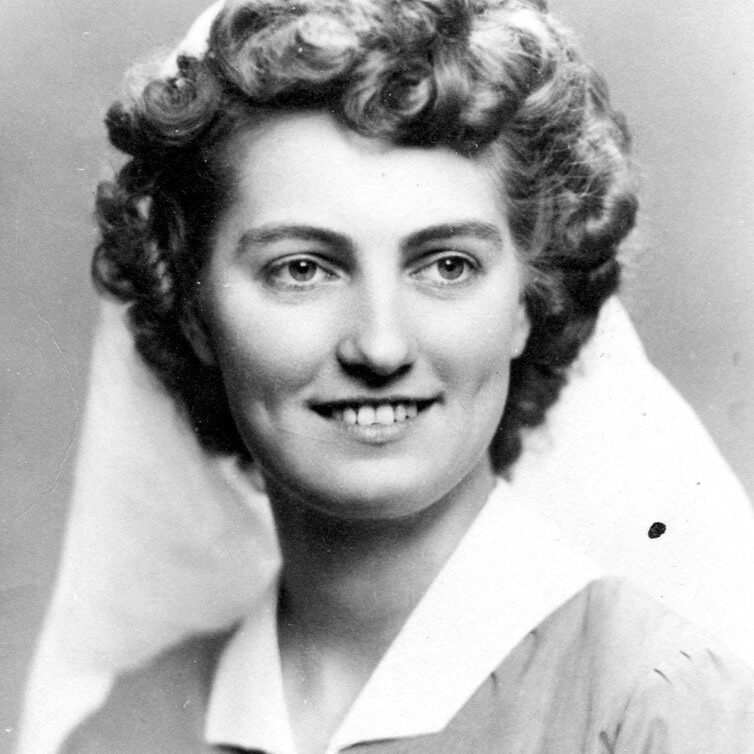Windsor, Ontario, born Florence Pennington was a tall, fashionable physiotherapist who had qualified in Toronto and served with Women’s Royal Navy Reserve in World War II. A diagnosis of Multiple Sclerosis in the late 1950s brought her career to an abrupt end. She continued to give to her Windsor as a volunteer auxiliary at Metropolitan Hospital while raising hundreds of thousands. I admired her, although to me she was my loving Aunt Florence.
Please give us your explicit consent to ensure that you continue to receive these newsletters. You should expect one every couple of weeks.
My earliest recollections of my Aunt Florence were of her wearing a leg brace and walking with a limp. I also remember that she drove, worked as a physiotherapist and smiled a lot. She was unmarried, lived with my grandmother, yet travelled alone and was fiercely independent, failing to acknowledge any real limitations. When I was not quite a teenager, she had been intermittently unwell, but recovered until one day she had repeated seizures and was admitted to hospital. Physically she would never be the same again but emotionally and psychologically, she remained much like we all remembered her. She was hospitalized for more than two years, while numerous doctors from Canada, the US and England tried to figure out her diagnosis.
In the 1950-60s little was known about multiple sclerosis (MS). A single neurologist visiting from England was as certain as he could be that my aunt had MS. When she was discharged back to my grandmother’s care her seizures were controlled, and she appeared to be stable for many months. Unfortunately, she had developed contractures of both lower legs from spending two years in bed and she would never walk again. The remainder of her long life was spent in a wheelchair and she never drove again.
Almost sixty years after my aunt’s original diagnosis, we have a more detailed comprehension of the disease process. Multiple sclerosis is still considered to be a rare disease, but we know that genetics plays a role in the condition. The cause of multiple sclerosis remains unknown, but variations in dozens of genes are thought to be involved in multiple sclerosis risk. Multiple sclerosis is an autoimmune disorder characterized when the immune system malfunctions and damages organs, like the brain and spinal cord. The myelin sheath which is essential for the protection of and transmission in the nervous system appears to be the main target of the destructive autoimmune response.
GARD – Genetic and Rare Diseases Centre (GARD) provides a summary of the evidence. The National Institute of Health (NIH) in the US offers a high-level overview of multiple sclerosis. It is a good source of information for laypersons as well as physicians. It is updated regularly, provides a reference list and is free to download.
I am delighted to launch this regular blog to share more stories of those affected by rare and genetic diseases. This will be complemented by insights from those working in the field. Please give us your explicit consent to ensure that you continue to receive these newsletters.
At 123Genetix, we believe that rare diseases should not be forgotten. Our artificially induced pluripotent stem cells (aiPSC) models allow us to help people, such as Florence Pennington who have made such a valuable contribution to our society. The 123Genetix Rare Diseases Database v5.0 is freely available and aimed at MS researchers and patient groups provides a comprehensive system of the literature on genetic abnormalities. You can see the sophistication of our modelling work in MS here.
I am pleased to post our very first blog that deals with a subject that has been part of my life since I was quite young. Just before she died at the age of 89, she asked if I might someday be able to do something that might make even a small difference to the families living with MS. When she died, she left scholarships to the University of Toronto, UWO (Western) and the University of Windsor.
Featured image by alpay tonga on Unsplash

